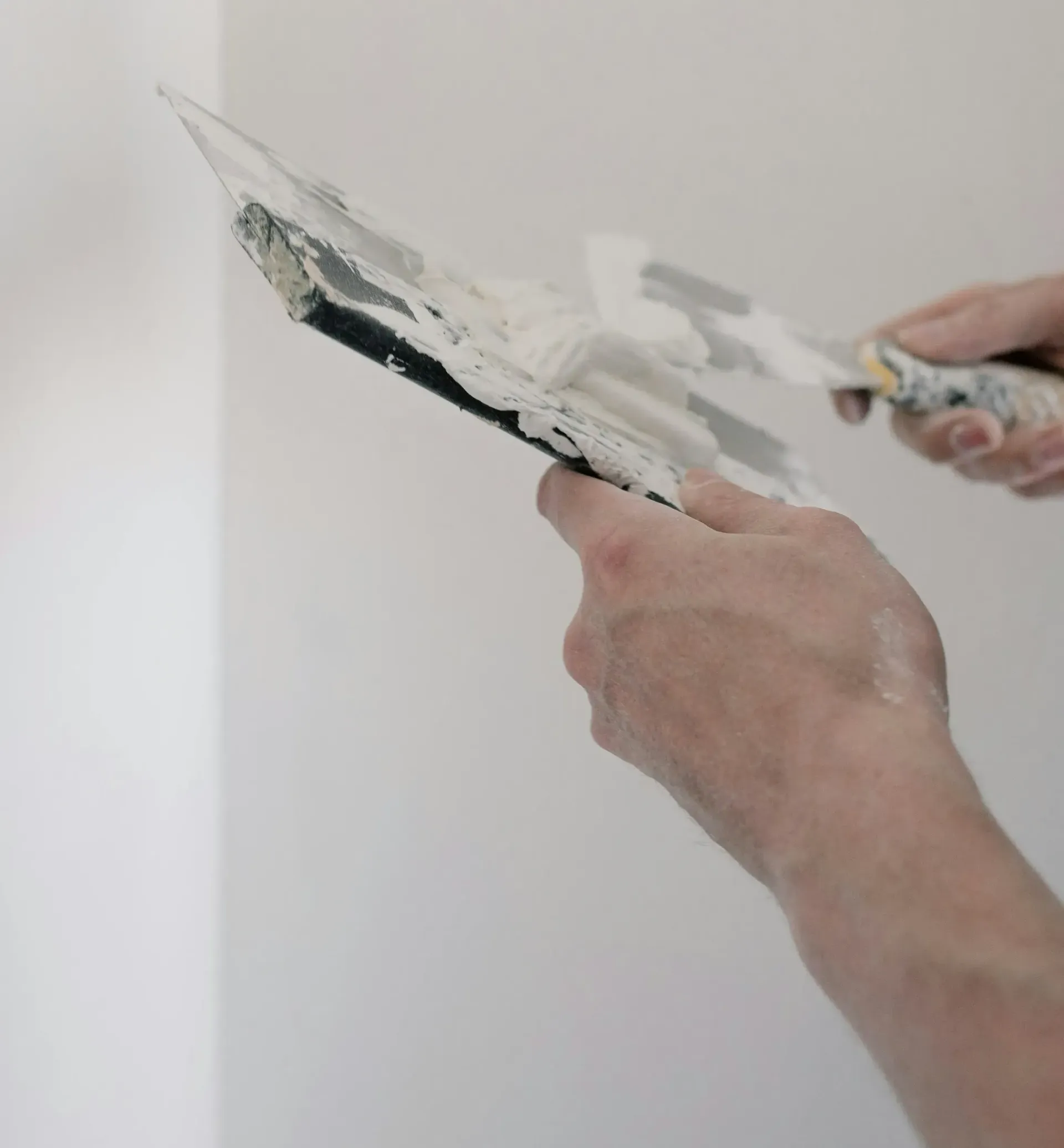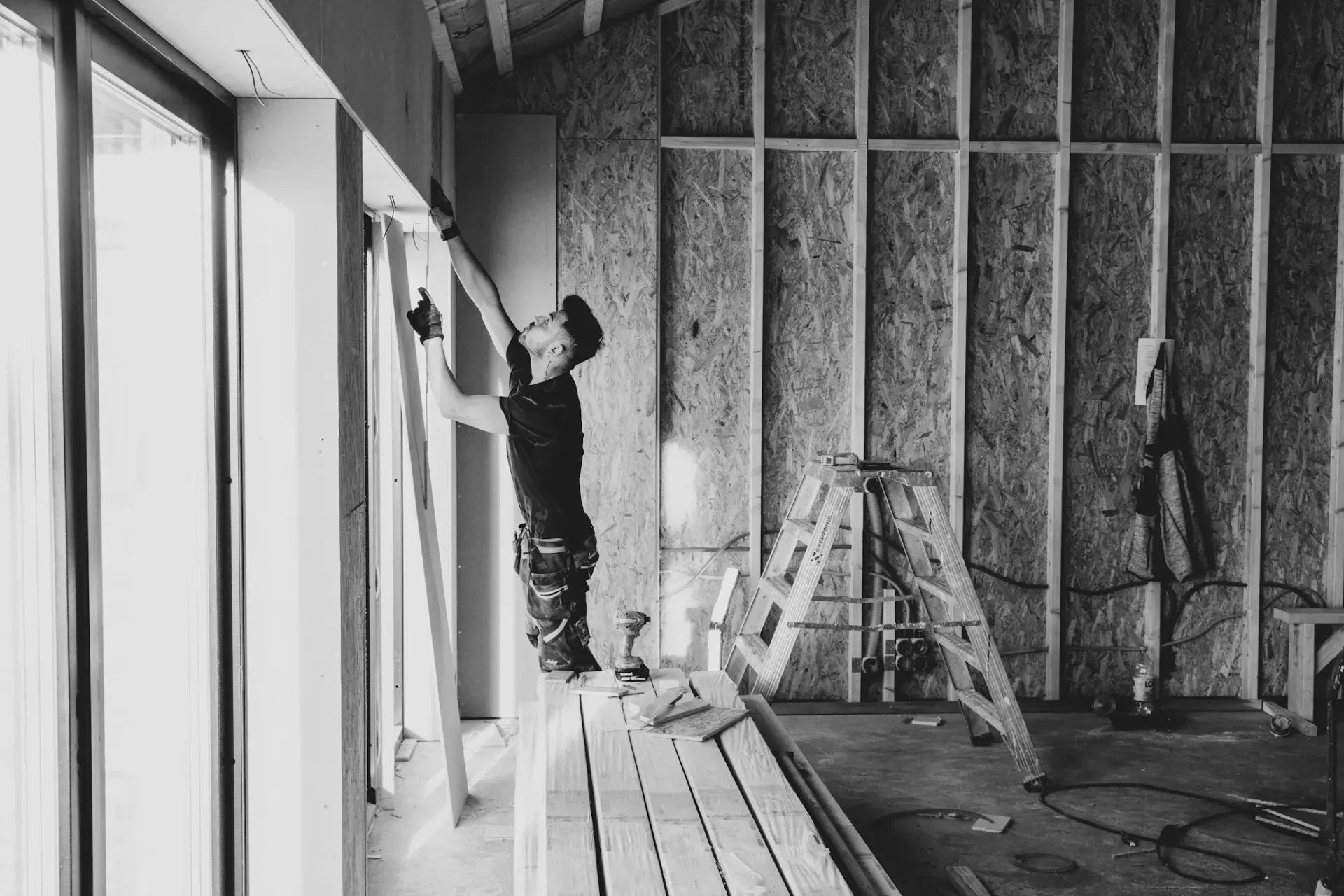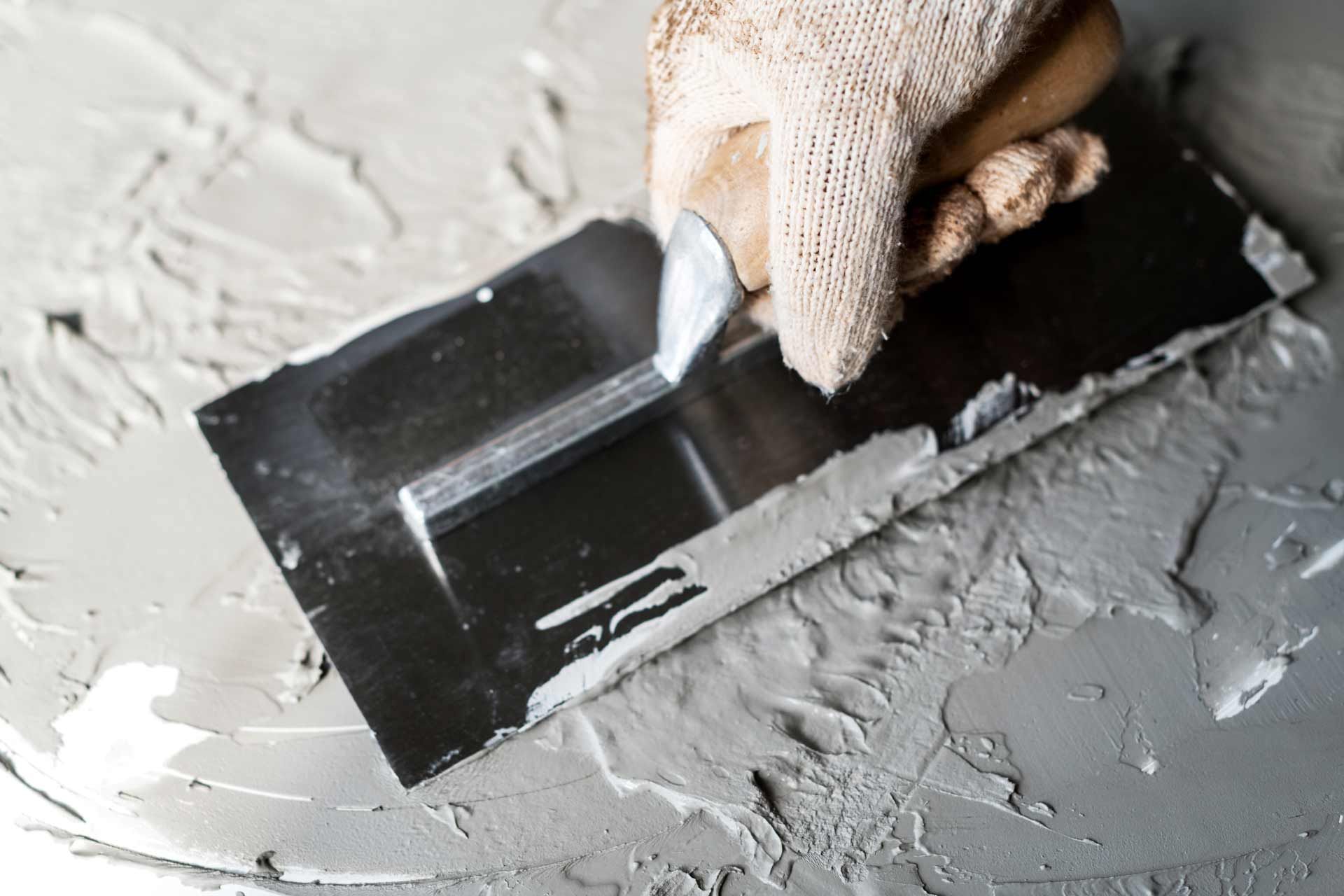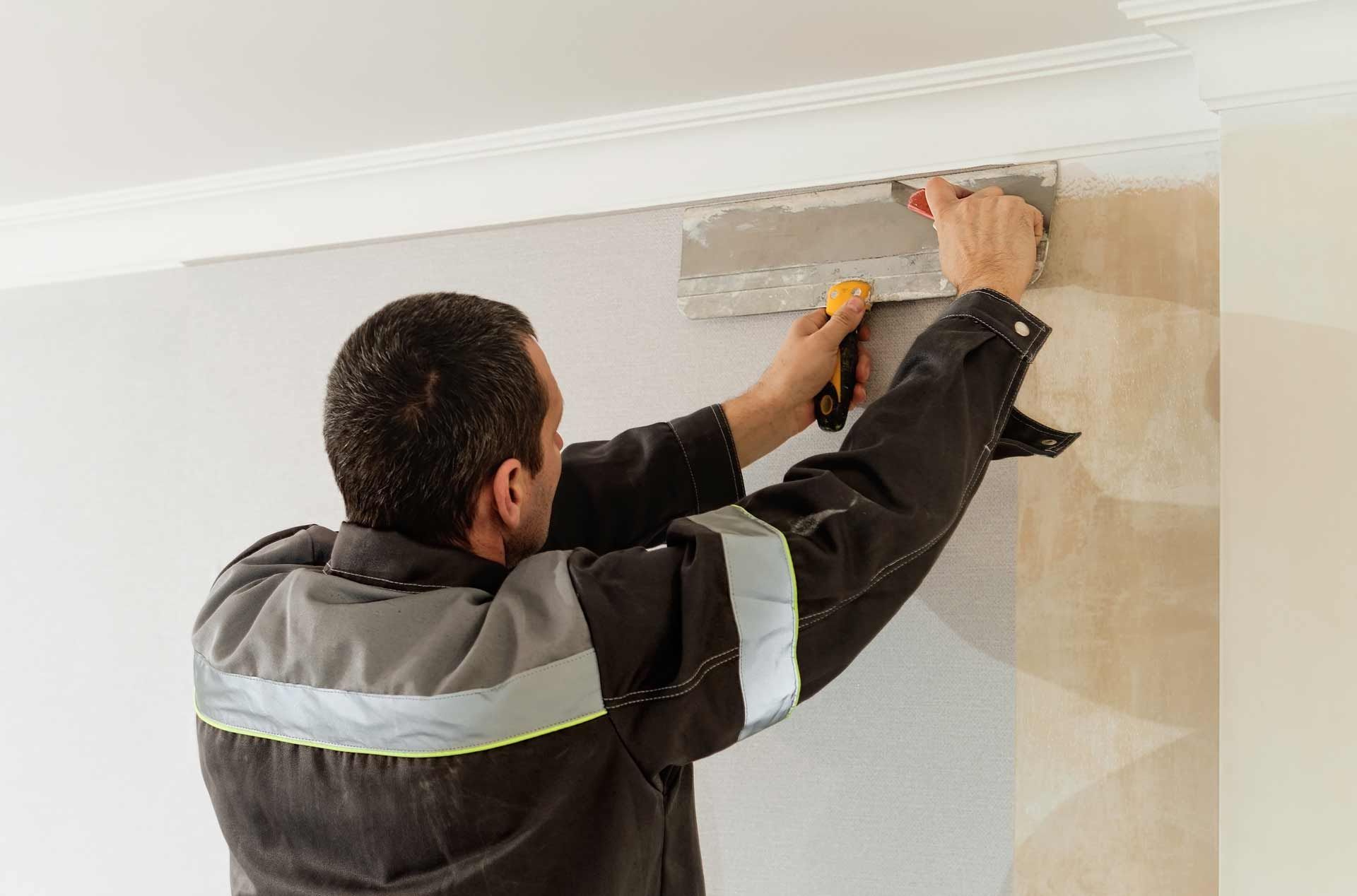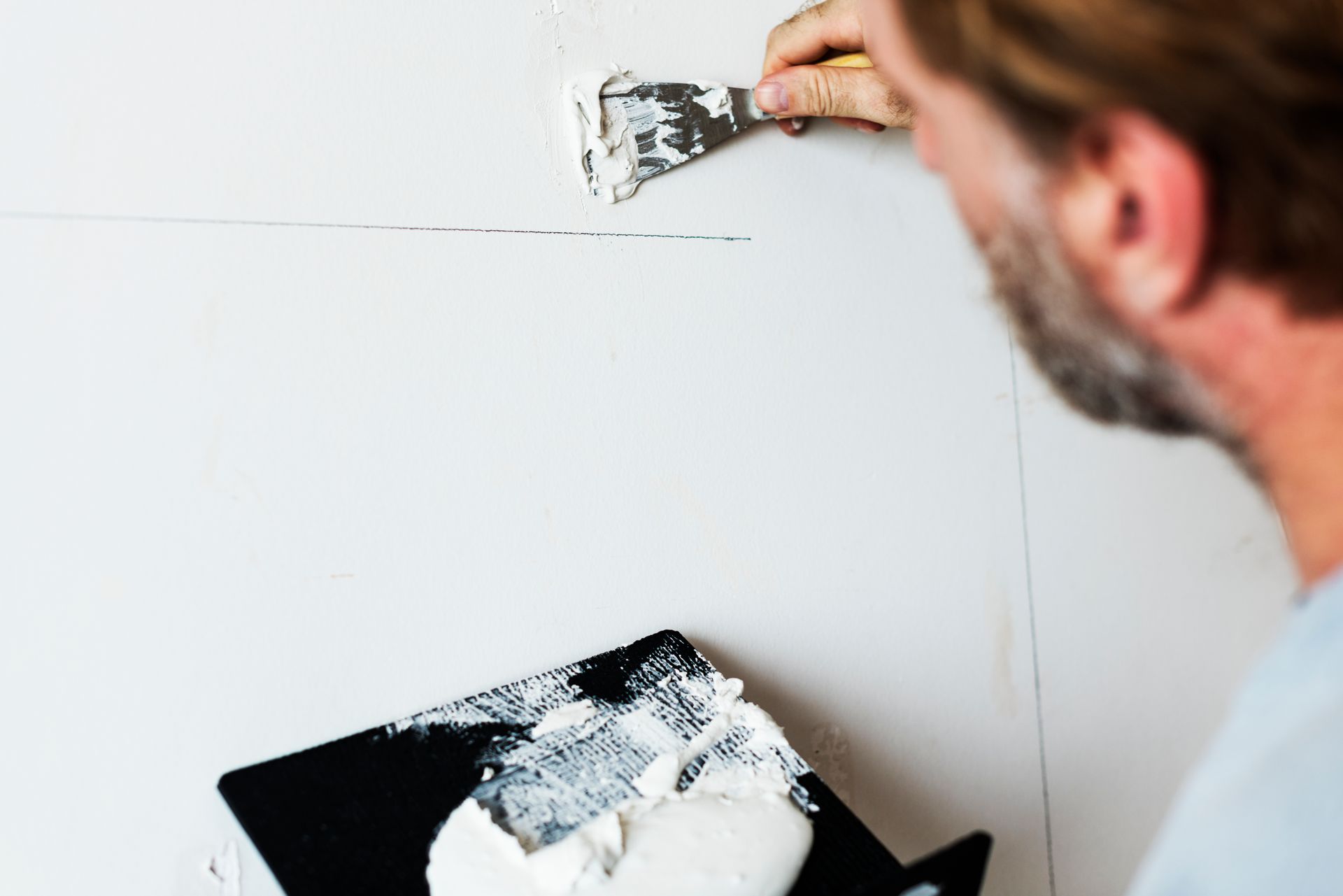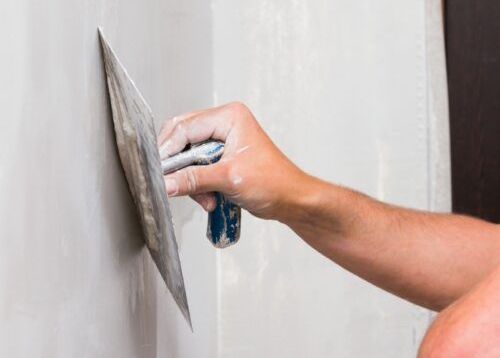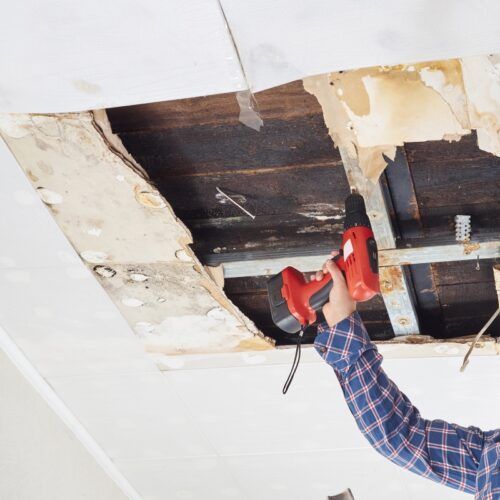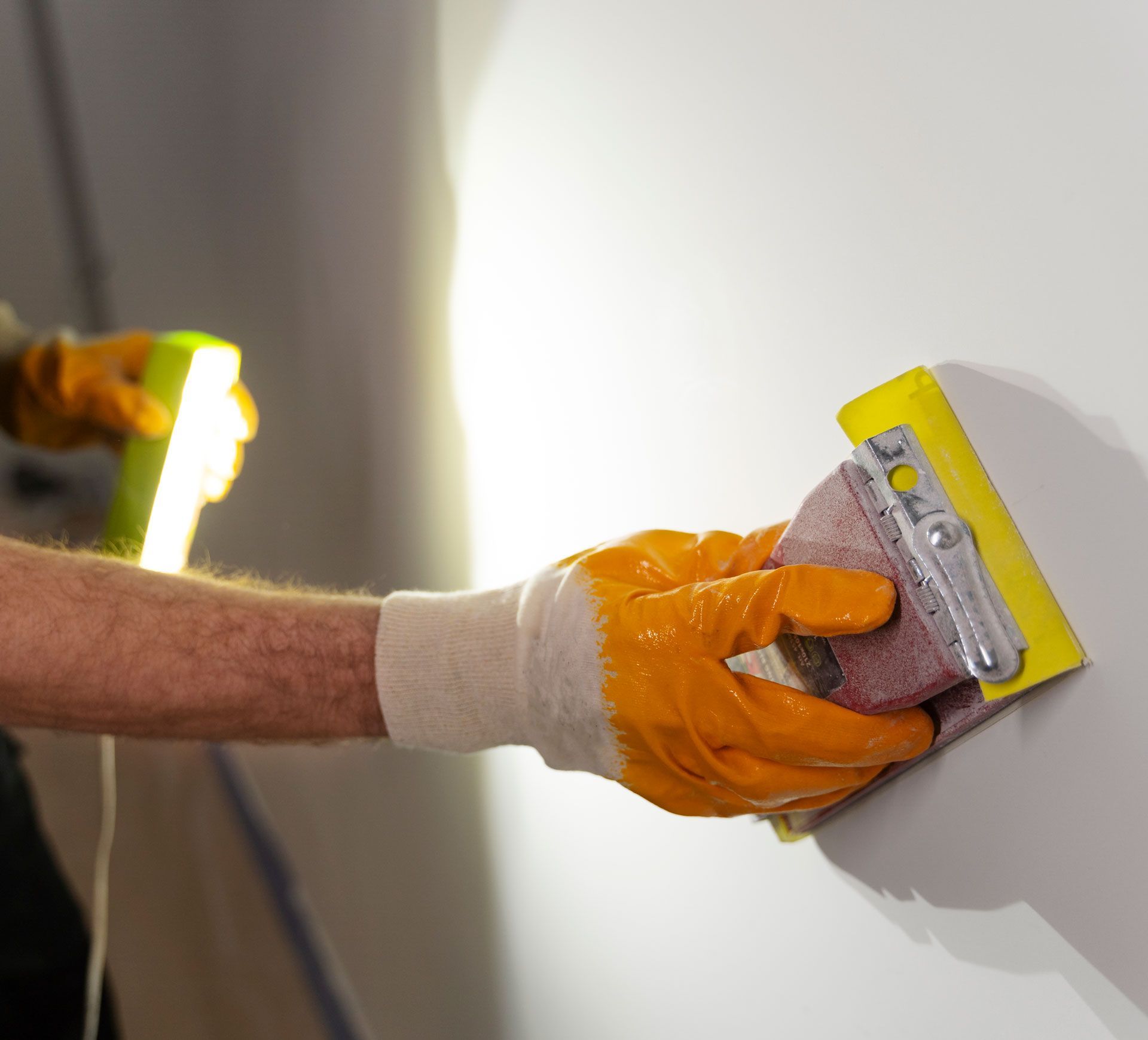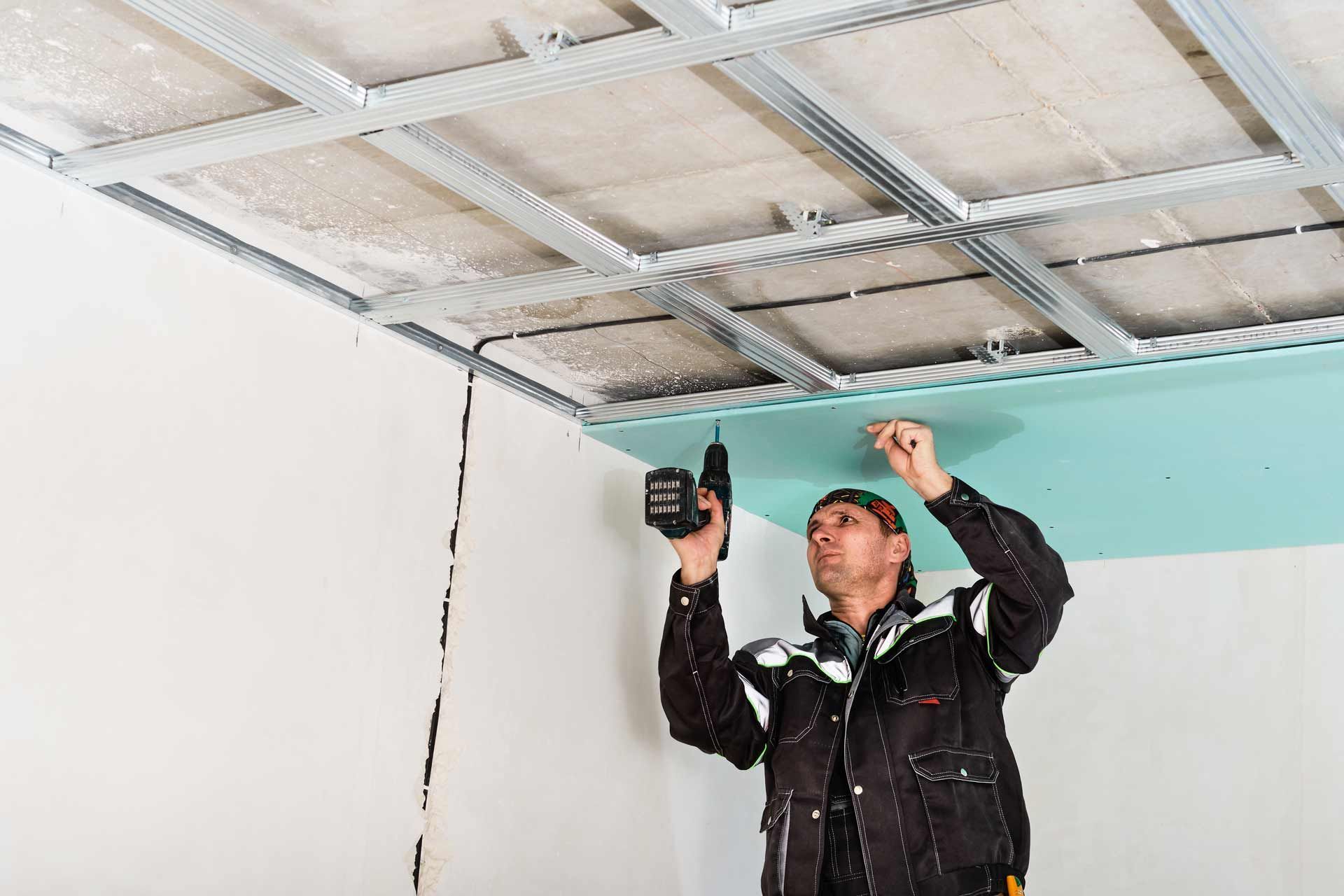
Signs of Ceiling Damage in Harrisburg Homes (and When You Need Professional Repair)
Introduction
Ceilings often go unnoticed until something is wrong. A water stain, a sagging section, or cracks can quickly turn into a homeowner’s nightmare. If you live in Harrisburg, where weather changes, older homes, and aging plumbing are common, ceiling issues are not unusual.
In this article, we’ll go over the most common signs of ceiling damage, what each sign means, and when it’s time to call a professional drywall contractor to prevent bigger (and costlier) problems.
Recognizing the Common Signs of Ceiling Damage
Not all ceiling issues are the same. Some are cosmetic, while others signal deeper structural or water-related problems.
Water Stains or Discoloration
Brown, yellow, or gray stains on the ceiling usually mean a water leak. The source might be a roof leak, burst pipe, or even an overflowing bathtub. If left untreated, water damage can lead to mold growth and ceiling collapse.
Sagging or Bubbling Areas
A ceiling that droops or feels soft to the touch is a red flag. This often means water has saturated the drywall or plaster. Sagging ceilings can eventually break apart, making this an urgent repair need.
Cracks in the Ceiling
Hairline cracks are common as homes settle, but larger cracks or patterns that spread across the ceiling could indicate structural movement, humidity damage, or even problems with the ceiling joists.
Peeling or Flaking Paint
When paint starts peeling or flaking, it’s usually due to moisture buildup. It can also point to poor ventilation — a common issue in Harrisburg bathrooms or kitchens without proper exhaust fans.
Popping Nails or Visible Fasteners
If you see nail heads pushing through or seams separating, it may mean the drywall has loosened from the joists. This can be caused by age, vibrations, or seasonal expansion and contraction.
Mold or Mildew Spots
Dark spots, fuzzy growth, or musty odors on a ceiling suggest mold. This is not just cosmetic — mold can cause health issues and spreads quickly if the moisture source isn’t addressed.
What to Do When You Notice Ceiling Damage
Once you spot signs of damage, taking the right steps will save you time, stress, and money. Here’s how to respond.
Step 1: Identify the Source
Look for potential causes like roof leaks, plumbing issues, or condensation. If the damage is wet, stop the water source before making repairs.
Step 2: Assess the Severity
Small cracks or surface stains may just need patching and repainting. Larger stains, sagging drywall, or mold growth are signs you need professional help right away.
Step 3: Protect the Area
If the ceiling is actively leaking, place a bucket underneath, move furniture out of the way, and cover the floor to prevent more damage.
Step 4: Get a Professional Inspection
A local drywall contractor can tell you whether the issue is surface-level or structural. They can also check for hidden water damage behind the drywall.
Step 5: Schedule the Repair
Professional ceiling repair might include removing damaged drywall, replacing insulation, treating for mold, and installing new panels — all followed by finishing and painting so the ceiling looks like new.
FAQs
What causes ceiling damage in Harrisburg homes?
Common causes include roof leaks, old plumbing, humidity, and normal settling of the home’s structure.
Can I just paint over a water stain?
No — painting over a stain without fixing the leak will only hide the problem temporarily. The stain will eventually reappear.
When is ceiling damage dangerous?
Sagging ceilings, large cracks, or bubbling sections that feel soft can be dangerous. These may collapse if not repaired quickly.
How much does ceiling repair cost?
Small cosmetic repairs may cost a few hundred dollars, but larger repairs involving water damage or replacement sections can be $650 to $1,200 or more depending on the size and complexity.
Can I repair a ceiling crack myself?
Hairline cracks can be patched by a DIYer, but recurring or wide cracks should be inspected by a professional to rule out structural issues.
Conclusion
Ceiling damage in Harrisburg homes is often more than a cosmetic concern — it can point to leaks, hidden moisture, or structural movement. Catching problems early can prevent expensive repairs down the line.
If you notice water stains, sagging areas, or spreading cracks, it’s smart to call a local drywall repair specialist. A professional can find the root cause, fix the damage, and leave your ceiling looking as good as new.

